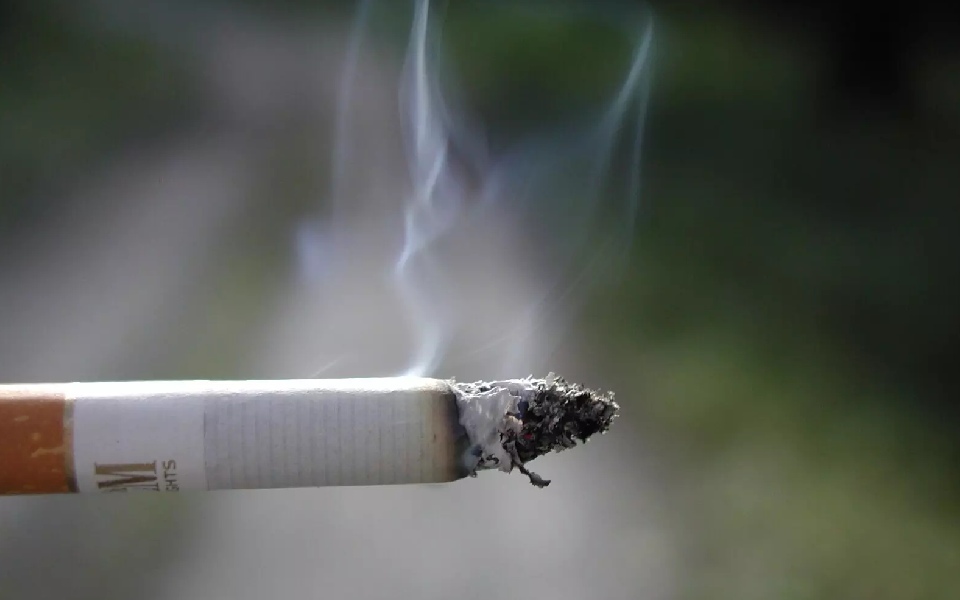Bengaluru (PTI): Another instrument onboard the Chandrayaan-3 mission's rover 'Pragyan' has confirmed the presence of sulphur in the lunar region by deploying a different technique, ISRO said on Thursday.
The Alpha Particle X-ray Spectroscope (APXS) has detected sulphur, as well as other minor elements on the Moon, the Bengaluru-headquartered national space agency said in a social media post.
"This finding by Ch-3 compels scientists to develop fresh explanations for the source of Sulphur (S) in the area: intrinsic?, volcanic?, meteoritic?,......?" read the post.
ISRO also released a video of the rover rotating in search of a safe route. The rotation was captured by a lander imager camera.
"It feels as though a child is playfully frolicking in the yards of Chandamama, while the mother watches affectionately.
Isn't it?" ISRO quipped in the social media post.
The space agency released a video showing an automated hinge mechanism rotating the 18 cm tall APXS, aligning the detector head to be approximately five centimetres in proximity to the lunar surface.
The 26-kg, six-wheeled, solar-powered Pragyan rover is equipped to use its scientific instruments to record what the lunar soil and rocks are made of in the south polar region where Chandrayaan-3 landed and it would also show how the readings contrast with that of the highland regions.
APXS instrument is best suited for in-situ analysis of the elemental composition of soil and rocks on the surface of planetary bodies having little atmosphere, such as the Moon, an ISRO statement said.
It carries radioactive sources that emit alpha particles and X-rays onto the surface sample. The atoms present in the sample in turn emit characteristic X-ray lines corresponding to the elements present. By measuring the energies and intensities of these characteristic X-rays, researchers can find the elements present and their abundances.
APXS observations have discovered the presence of interesting minor elements, including sulphur, apart from the major expected elements such as aluminum, silicon, calcium and iron.
The Laser Induced Breakdown Spectroscope (LIBS) instrument onboard the rover has already confirmed the presence of sulphur. Detailed scientific analysis of these observations are in progress.
APXS has been developed by the Physical Research Laboratory (PRL), Ahmedabad, with support from the Space Application Centre (SAC) Ahmedabad, whereas UR Rao Satellite Centre (URSC), Bengaluru has built the deployment mechanism, it was stated.
Chandrayaan-3 Mission:
— ISRO (@isro) August 31, 2023
In-situ Scientific Experiments
Another instrument onboard the Rover confirms the presence of Sulphur (S) in the region, through another technique.
The Alpha Particle X-ray Spectroscope (APXS) has detected S, as well as other minor elements.
This… pic.twitter.com/lkZtz7IVSY
Let the Truth be known. If you read VB and like VB, please be a VB Supporter and Help us deliver the Truth to one and all.
New Delhi: The investigation team that probed the explosion that took place outside the CRPF School in the Prashant Vihar area of the city on October 20 morning has reportedly not found any terror force behind the blast.
The investigation team, consisting of Delhi Police and staff members from central agencies, has stated in its report that cigarette butts thrown by a local resident might have come in contact with industrial waste and have caused the explosion. Circumstantial evidence does not show the incident to have a terror angle to it, reports The Indian Express.
The Delhi Police, the city bomb squad and the fire brigade had rushed to the spot following the explosion, which was initially believed to have been caused by a crude bomb. The forensic experts who inspected the spot hinted at the presence of potassium chlorate, hydrogen peroxide and some electrical wires there. The school wall had been damaged and the windows of a car nearby had shattered in the explosion.
The investigation team scanned the CCTV camera footage and zeroed in on around 10 people questioned. A senior police officer said that a North Delhi-based businessman from Prashant Vihar was found to be present at the spot around five minutes before the explosion, as he had come there on Sunday morning to walk his dog. The CCTV footage showed him smoking and, after questioning him, the team concluded that he had left lit cigarette butts before leaving the spot, the officer added.
The spot where the explosion took place is learned to have been usually used for dumping garbage and also has a public urinal.
An officer has said that the Delhi Police had consulted forensic and technical experts of the National Security Guard regarding the things found on the explosion site but are yet to get the report. The officer added that they have found no detonator so far.





